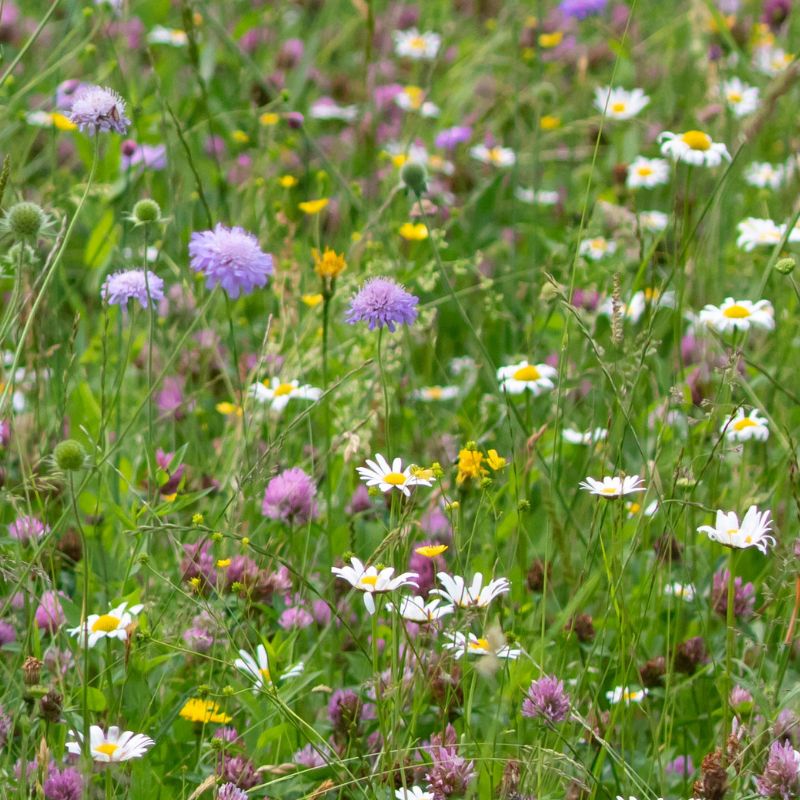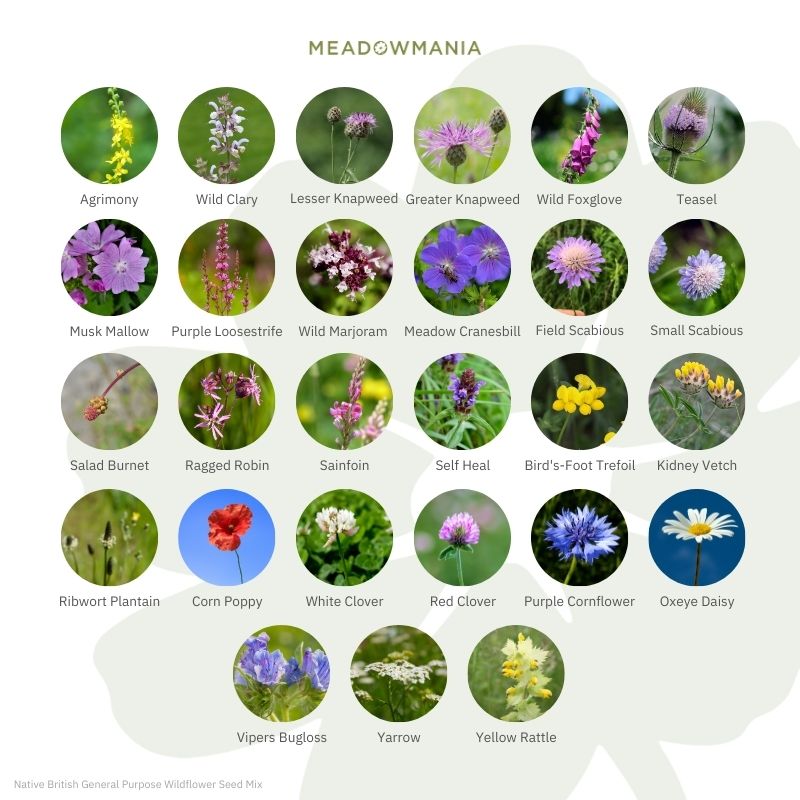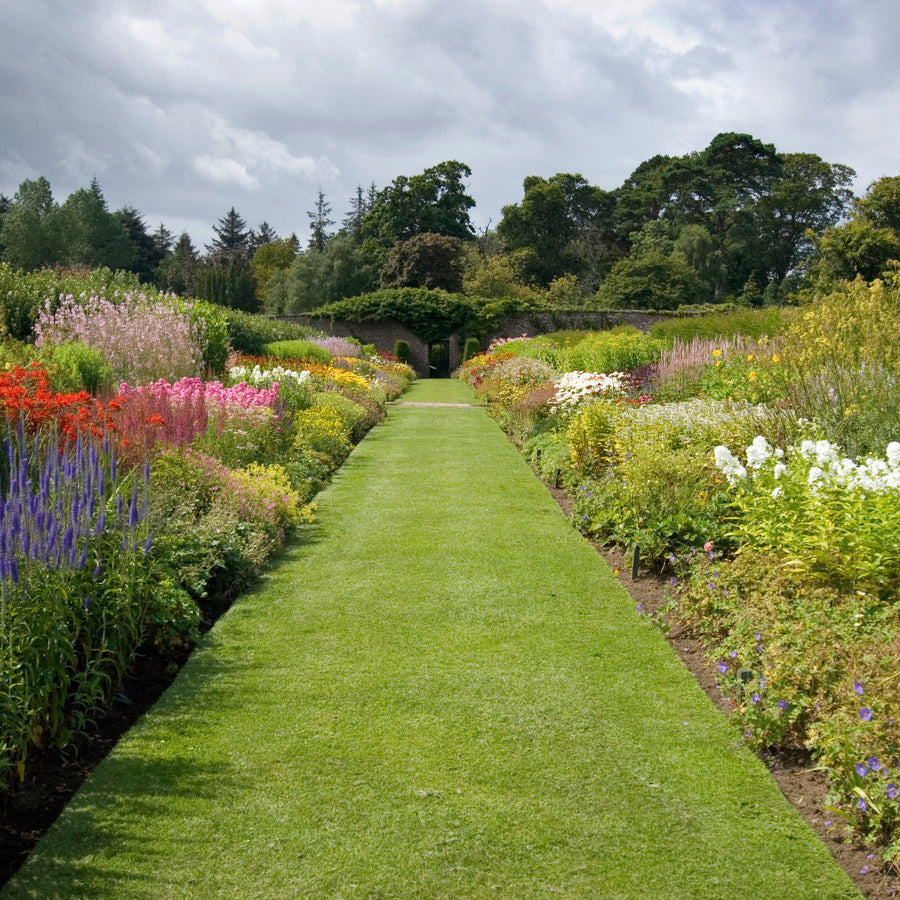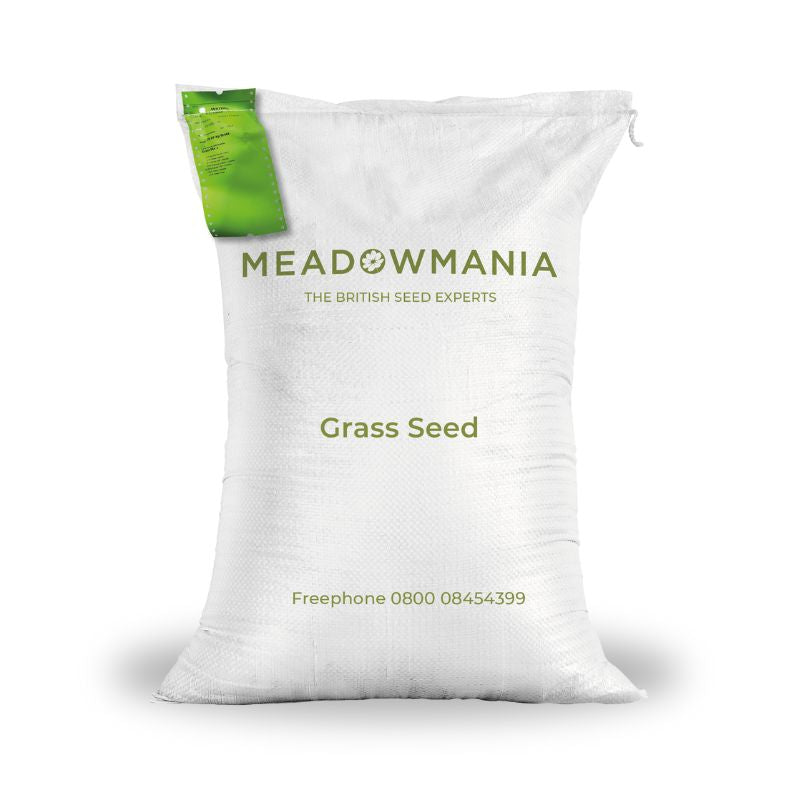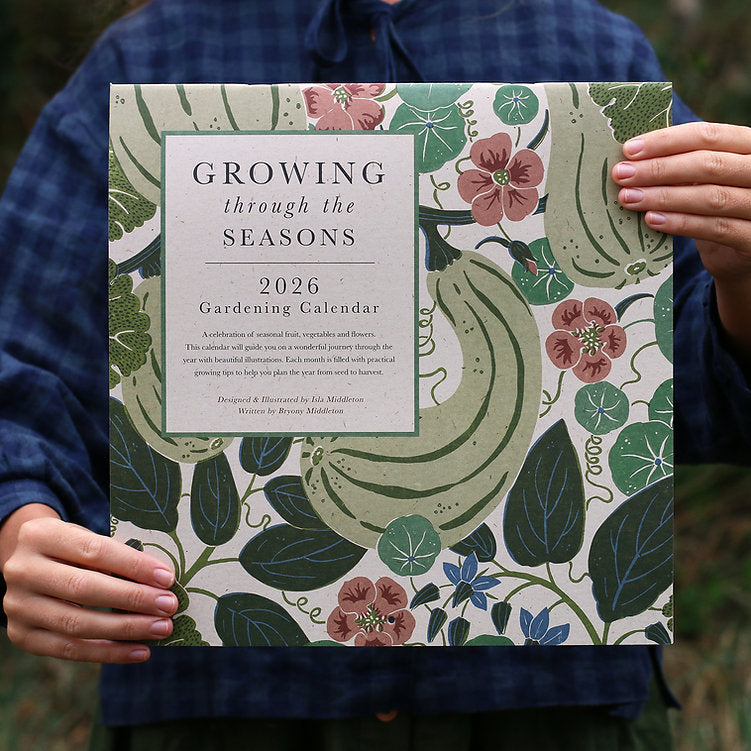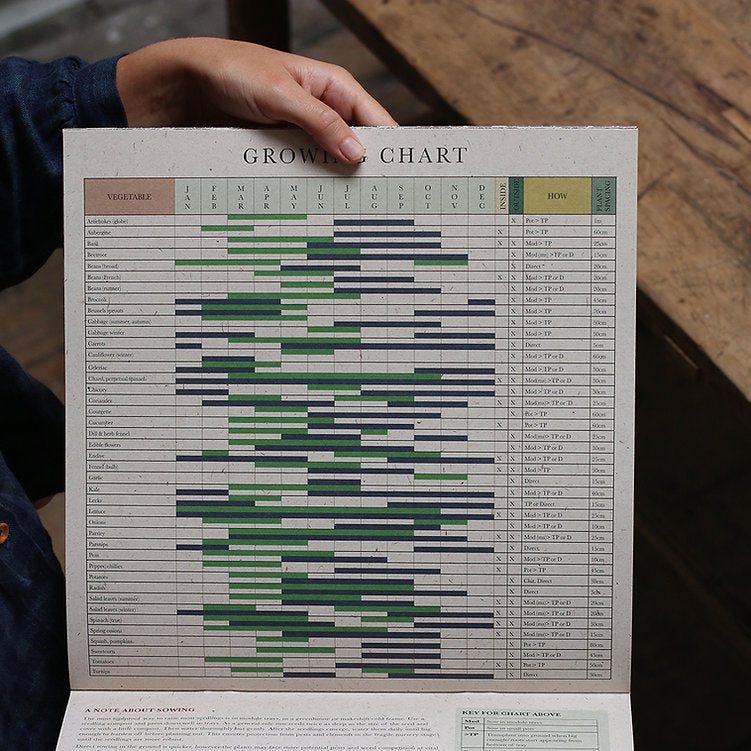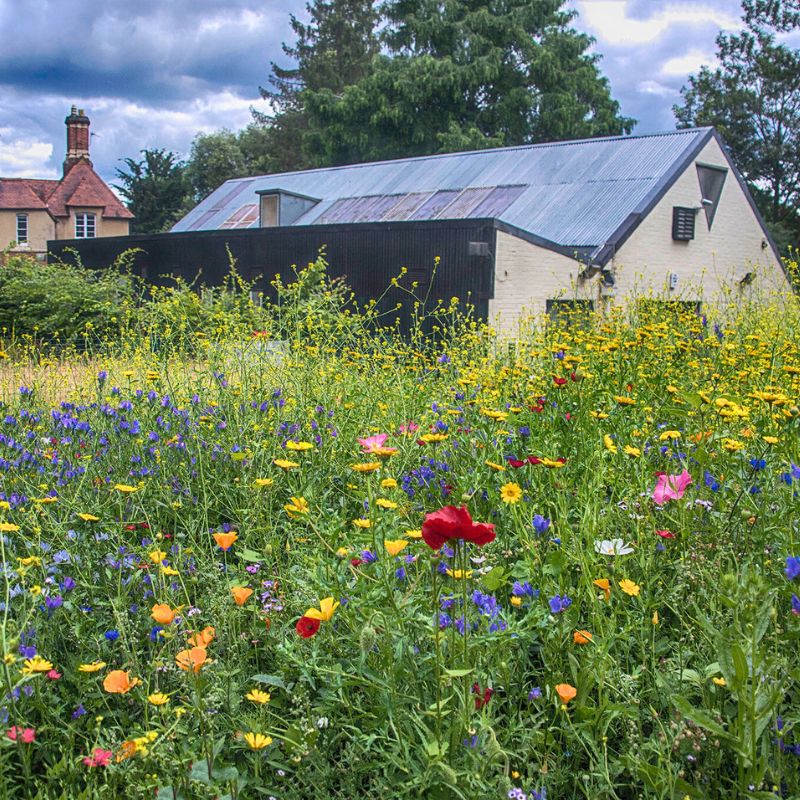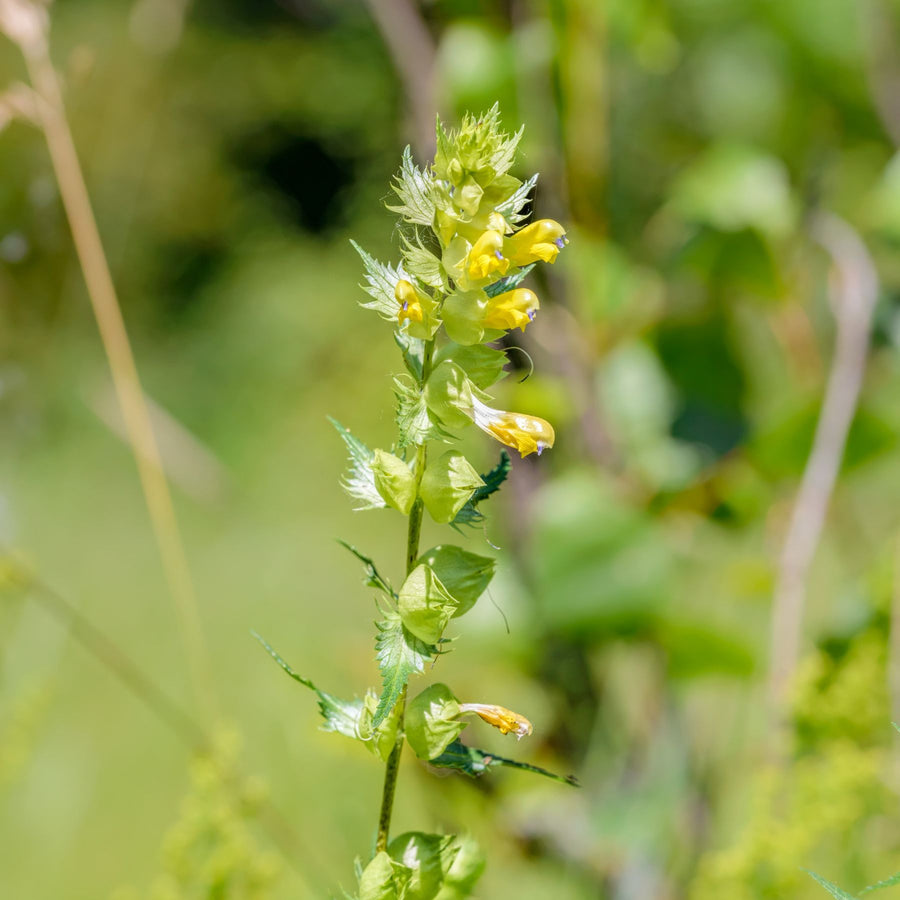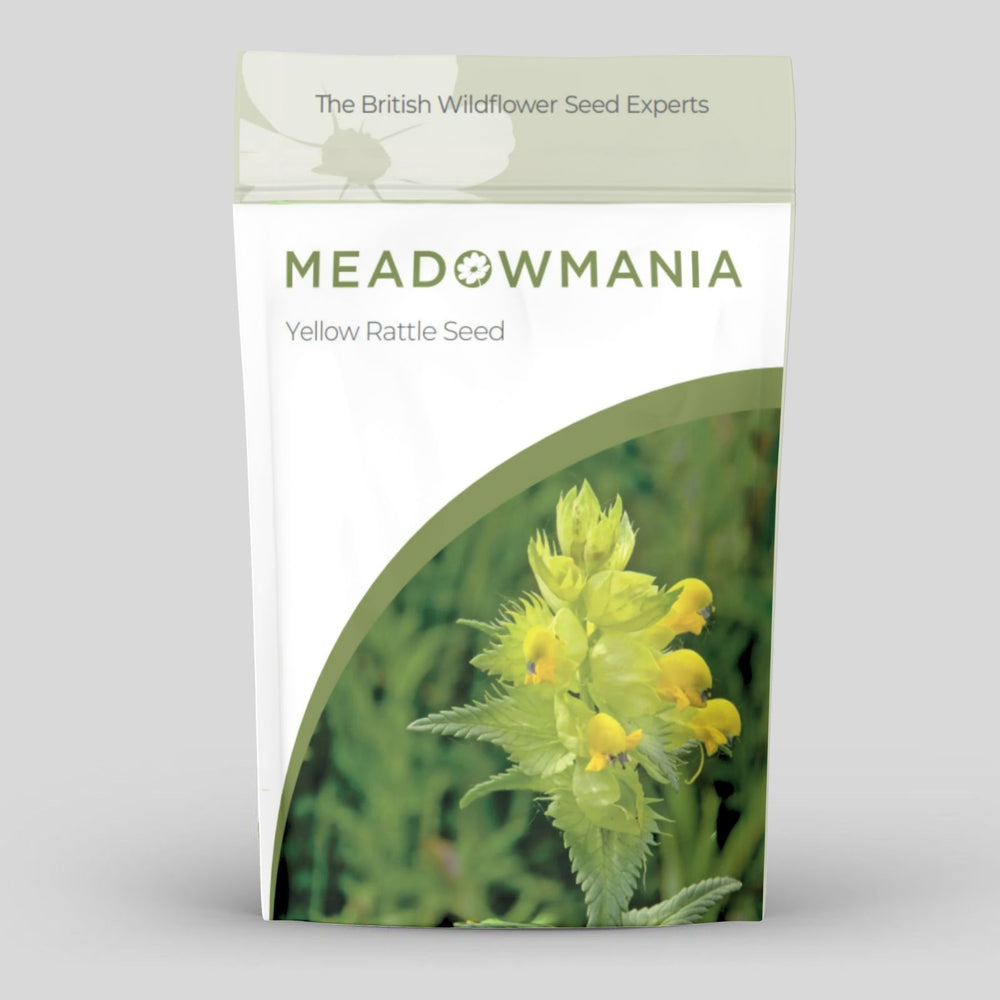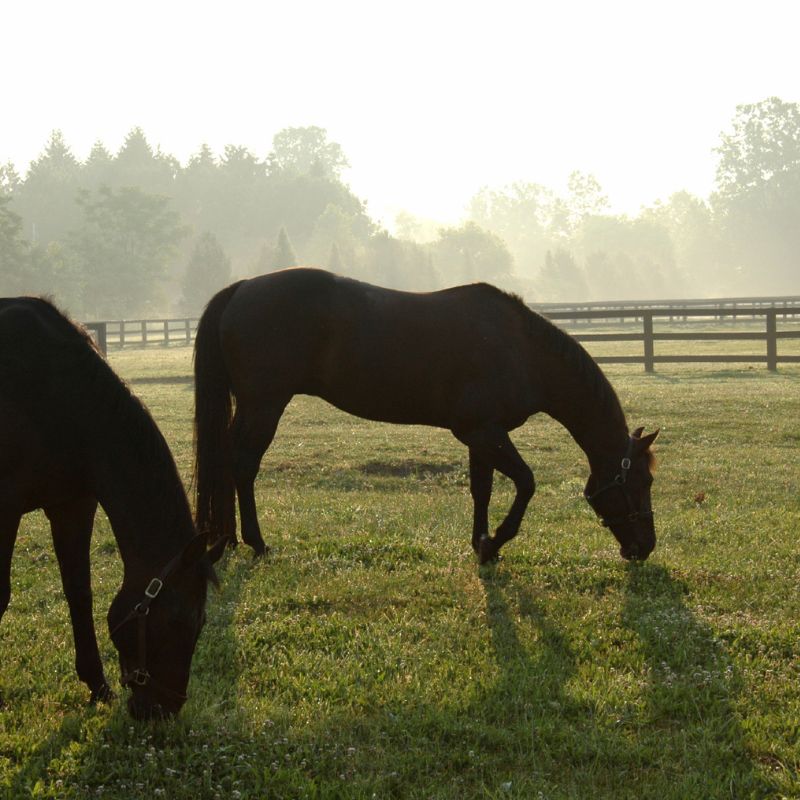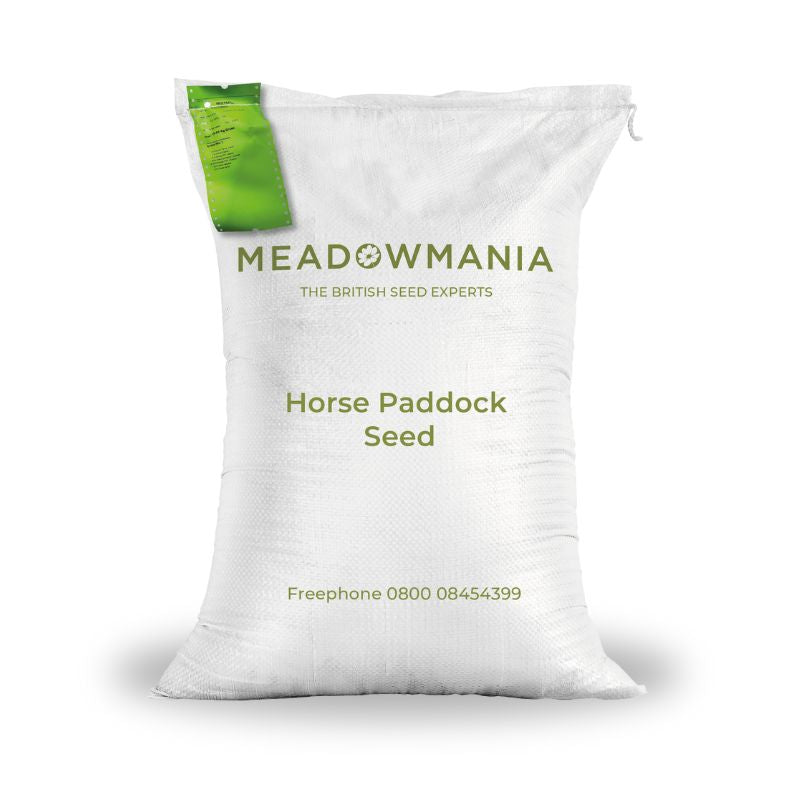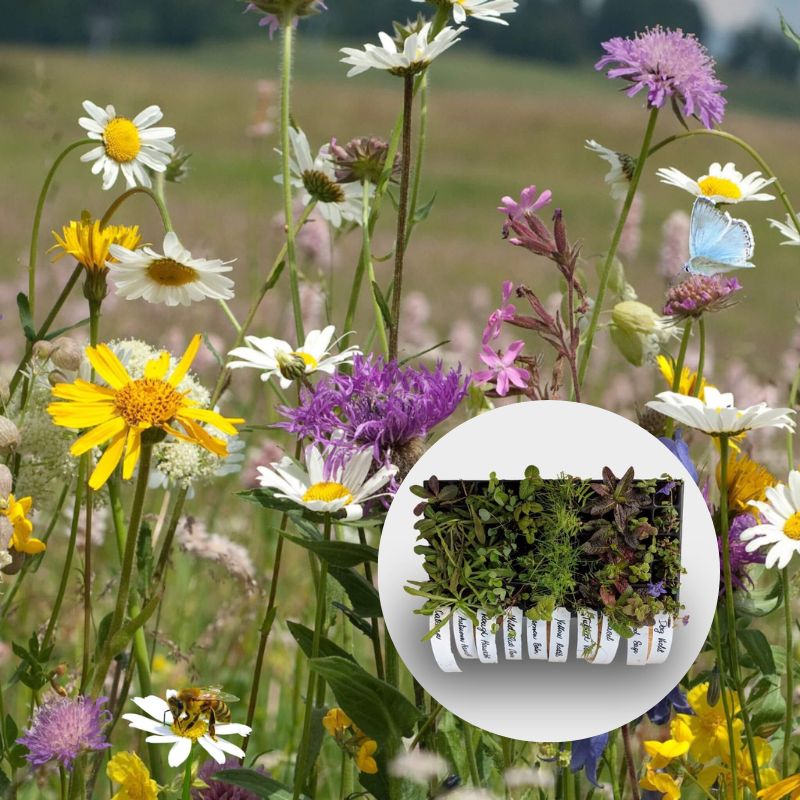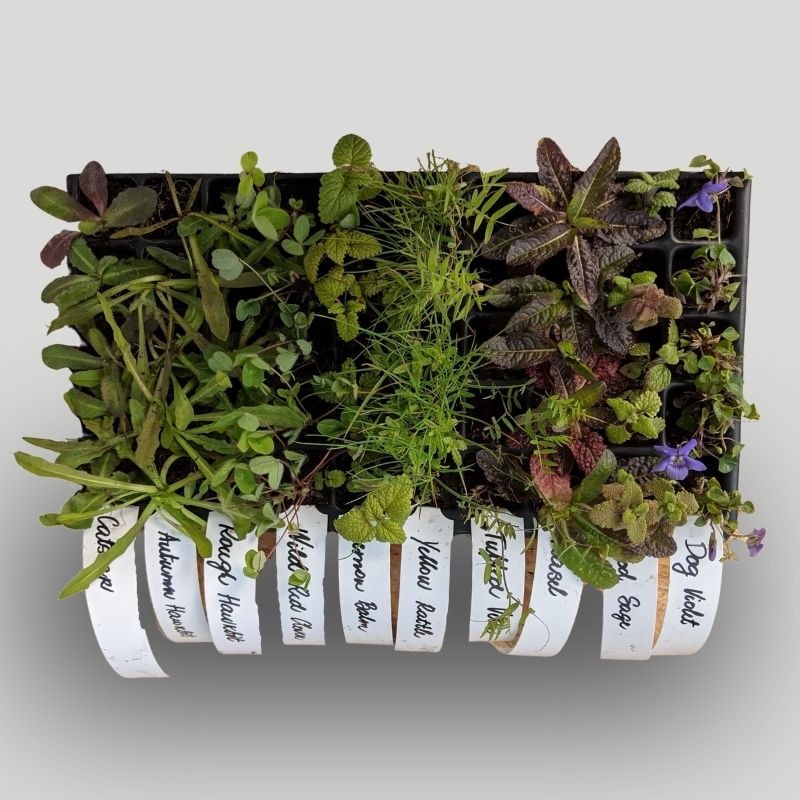
Green Roofs: Boosting Biodiversity from Homes to Large-Scale Projects
Green roofs have become an essential part of modern sustainable landscaping. From domestic sheds and extensions to large commercial buildings, green roofs play a vital role in meeting Biodiversity Net Gain (BNG) requirements, cooling urban spaces, and creating habitats for pollinators and wildlife. As landscapers, contractors, and designers look for innovative ways to merge function, beauty, and sustainability, green roofs are at the top of the list.
Here, we’ll explore the benefits of green roofs, the best plant choices, and practical sowing and maintenance tips.
Why Green Roofs Matter for Biodiversity
Green roofs deliver benefits well beyond their aesthetic appeal:
- BNG compliance: With BNG now a requirement for most developments, green roofs offer measurable biodiversity enhancements in urban and suburban settings. By creating habitats where there would otherwise be sterile surfaces, they contribute directly to net gain targets.
- Habitat creation: Green roofs provide food and shelter for pollinators, beetles, birds, and other invertebrates.
- Urban cooling: By absorbing heat and reflecting less sunlight than standard roofing, they help reduce the “heat island” effect in cities.
- Stormwater management: Vegetated roofs slow down rainwater runoff, easing pressure on drainage systems.
Whether used on domestic garden structures, housing developments, or large-scale civic buildings, green roofs are a practical way of embedding biodiversity into the built environment.

Choice of Species for Green Roof Planting
Species selection is key to the success of any green roof.
- Pioneer species that naturally colonise poor, stony ground perform especially well, while plants that can readily re-establish from seed after drought help maintain long-term cover.
- Since establishment on thin or poor substrates can be slow, it’s often useful to include annual wildflowers in seed mixtures. These provide the bonus of colourful blooms in the first year while longer-lived perennials establish.
- To enhance biodiversity, prioritise plants attractive to pollinators and invertebrates.
- Where necessary, avoid tall species prone to wind damage or “weedy” species with wind-dispersed seeds, which could spread to neighbouring properties.
We’ve developed a specialist seed mixture suitable for sowing on a wide range of substrates. For most projects, our Native British Wildflower Seeds for Green Roofs provide an ideal base, offering a balanced mix of hardy, drought-tolerant species perfectly adapted to rooftop environments. Add our Cornfield Annual Mix Standard for colourful blooms in the first year while the permanent planting establishes.
Grass or No Grass?
One of the most common design questions is whether to include grasses.
- The case for grasses: Grasses are a vital part of many ecological systems and serve as food for a range of invertebrates. Including carefully chosen, non-invasive species such as crested dogstail or sweet vernal grass can add diversity and stability without overwhelming wildflowers. A practical option here is our British Native Meadow Wildflower Seed for Green Roofs which combines wildflowers with selected grasses to create a resilient, biodiverse sward.
- The case against grasses: Many green roof designers prefer wildflower-only mixes to maximise colour and avoid concerns about grasses becoming dominant. Poor, sterile substrates often support wildflowers well without a grass component, at least in the early years. Our Native British Wildflower Seeds for Green Roofs & Dry Soils is perfect in this case, delivering colour and biodiversity without the competition grasses bring.
Ultimately, succession will shape the plant community over time. Grasses will almost always invade eventually—either through natural colonisation or because deeper, richer substrates favour their establishment.
Plug Plants for Green Roofs
Alongside seed mixtures, plug plants provide instant structure and establish more reliably in tough roof conditions. We recommend planting at a rate of 10 plug plants per square metre in autumn. This ensures they have sufficient time to root in before the challenges of summer drought.
For projects seeking fast establishment and diverse structure, our Wildflower Plug Plant Mix for Green Roofs & Sandy Soils is an excellent choice, offering species specifically selected to thrive in free-draining rooftop conditions.
Our expanded plug plant range now includes three native UK sedum species - perfect for low-maintenance coverage.
Sedum Species for Green Roofs
Sedums are hardy, drought-tolerant succulents ideally suited for exposed rooftop conditions. They are low-growing, provide year-round interest, and need little maintenance once established.
-
Sedum acre (Biting Stonecrop)
A tough, mat-forming sedum with vibrant yellow star-shaped flowers in early summer. It thrives in very shallow soils and is excellent for quickly covering roof surfaces. -
Sedum reflexum (Reflexed Stonecrop)
With its upright, blue-green needle-like foliage, Sedum reflexum adds architectural structure. Yellow blooms appear in summer, attracting pollinators. -
Sedum album (White Stonecrop)
A spreading species with small fleshy leaves that turn red-tinged in summer. Its clusters of white flowers provide nectar for insects.
Planting Rate: For sedums, we recommend 12-15 plug plants per square metre, slightly higher than for mixed wildflower plugs, as they are typically used to form dense, low-growing mats of vegetation.
How to Sow and Plant Green Roof Mixtures
Sowing Green Roof Seed Mixes
- Ensure a clean, weed-free substrate with a depth of at least 70–150mm depending on your roof type.
- Broadcast seed evenly at the recommended rate.
- Lightly rake in and firm down to ensure good seed-to-soil contact.
- Water carefully during establishment but avoid overwatering.
Planting Plug Plants for Green Roofs
- Space plugs evenly across the roof at the correct density.
- Make a small hole in the substrate and firm each plug in.
- Water well after planting to settle roots.
- Best done in autumn to give plants a head start before summer heat.
Aftercare of Green Roofs
The level of aftercare required depends on your planting scheme and the depth of substrate:
-
Sedum Roofs
These are very low-maintenance, requiring only occasional watering in extreme drought and a once-yearly check for weeds or invasive species. -
Wildflower Roofs
Meadows offer higher biodiversity but need more care. They should be cut back once a year in late summer or early autumn to replicate natural hay meadow management. Remove cuttings to prevent nutrient build-up, which could otherwise favour grasses over wildflowers.
Always remember the practical and safety implications of maintenance work at height, and plan for access before construction begins.
Bringing It All Together
For landscapers, contractors, and designers, green roofs provide a powerful way to combine sustainability with creativity. Whether your project is a small domestic roof or a large civic structure, the choice of planting—from sedum mats to vibrant wildflower meadows—will shape the look, biodiversity value, and long-term management of the space.
At Meadowmania, we provide everything you need to get started:
- Native British Wildflower Seeds for Green Roofs & Dry Soils for wildflower-based schemes without grasses.
- British Native Meadow Wildflower Seed for Green Roofs for projects requiring both grasses and wildflowers.
- Wildflower Plug Plant Mix for Green Roofs & Sandy Soils for quick establishment and resilient structure.
- Sedum plugs including Sedum acre, Sedum reflexum, and Sedum album for low-maintenance coverage.
By choosing the right mixture of seeds and plugs, you can create living roofs that not only meet BNG requirements but also bring nature back into our built environments.
If you’re planning a green roof, whether for a small domestic project or a large commercial scheme, we’d love to support you. Get in touch with us to discuss your ideas or for tailored advice on seed mixtures, plug plants, and maintenance — we’ll be happy to help.


